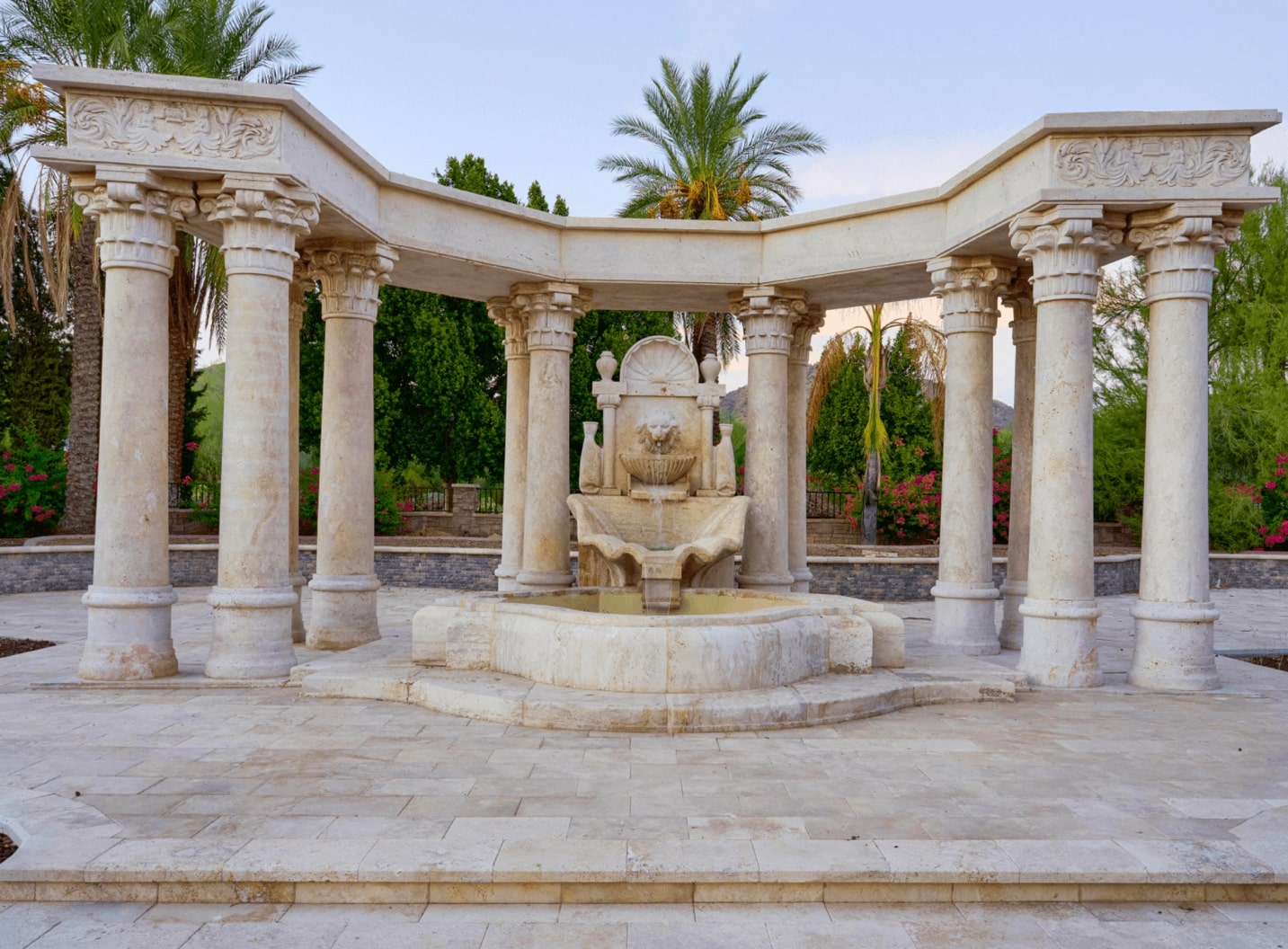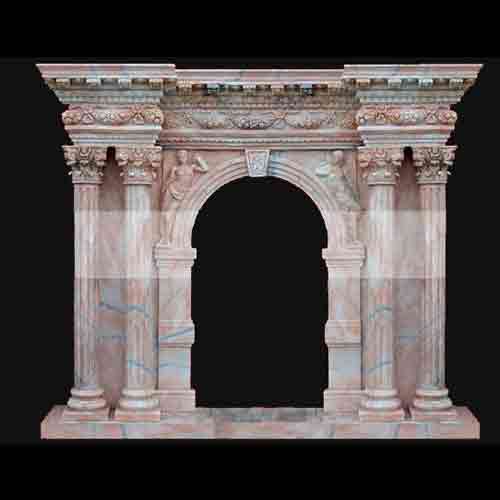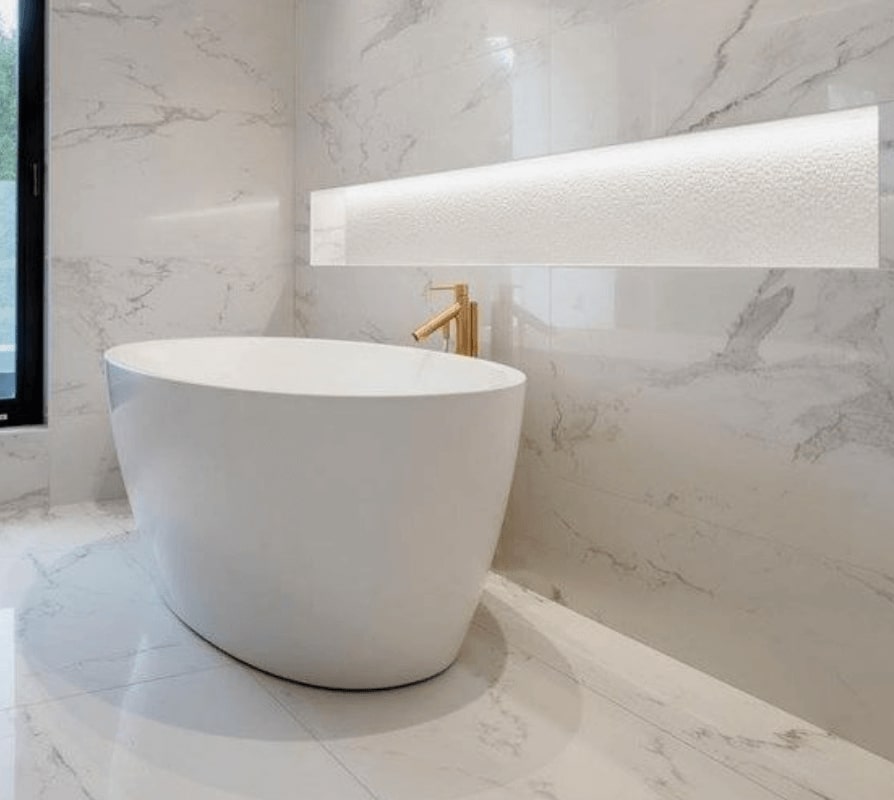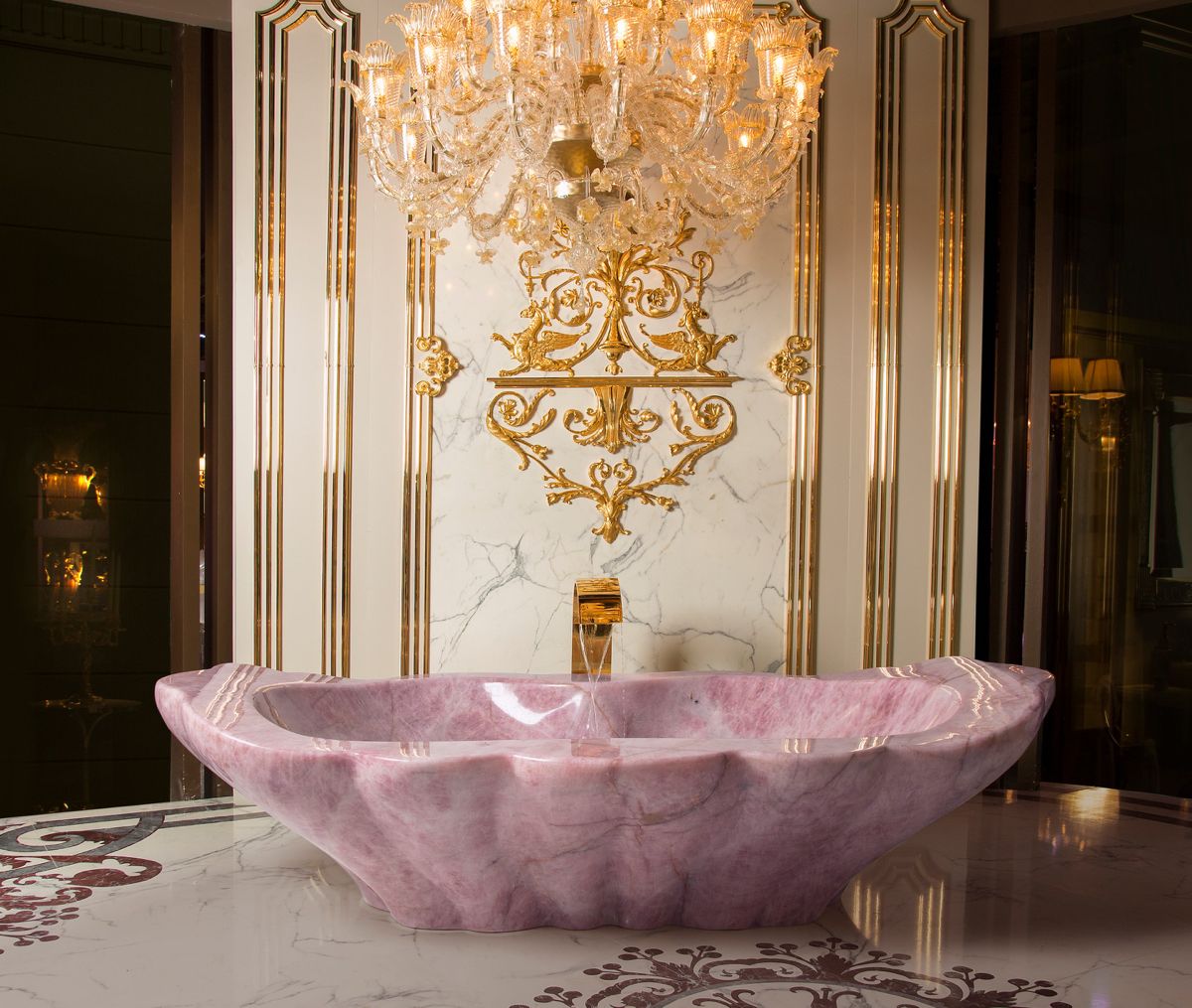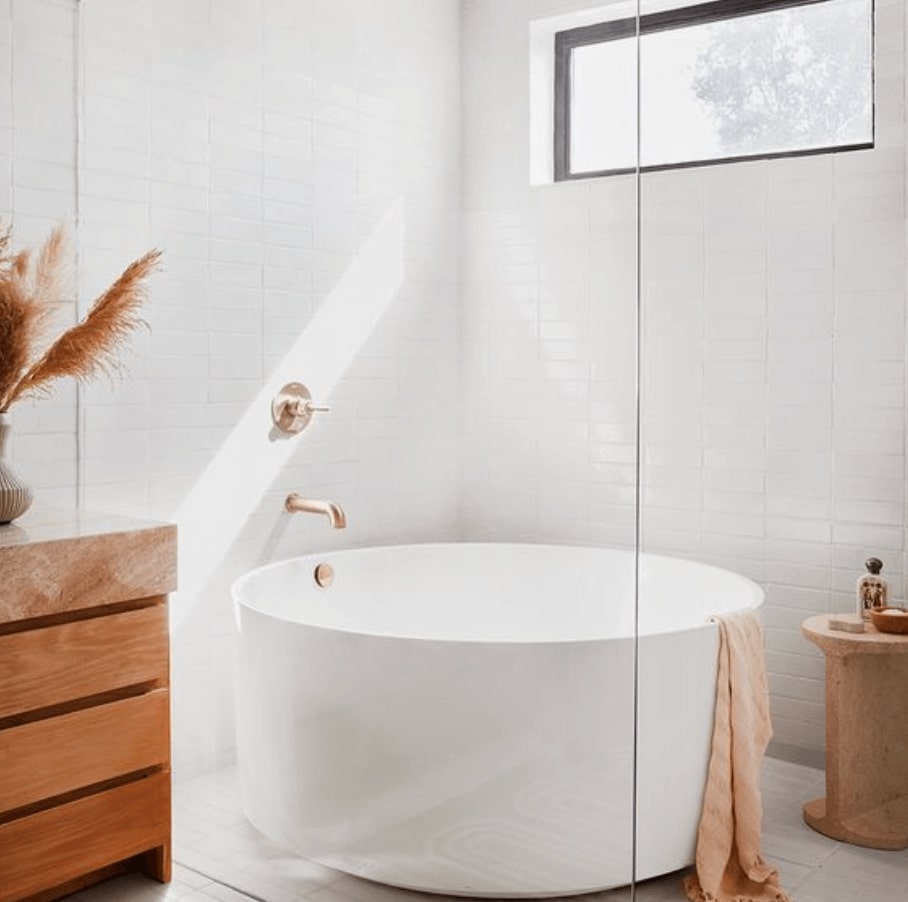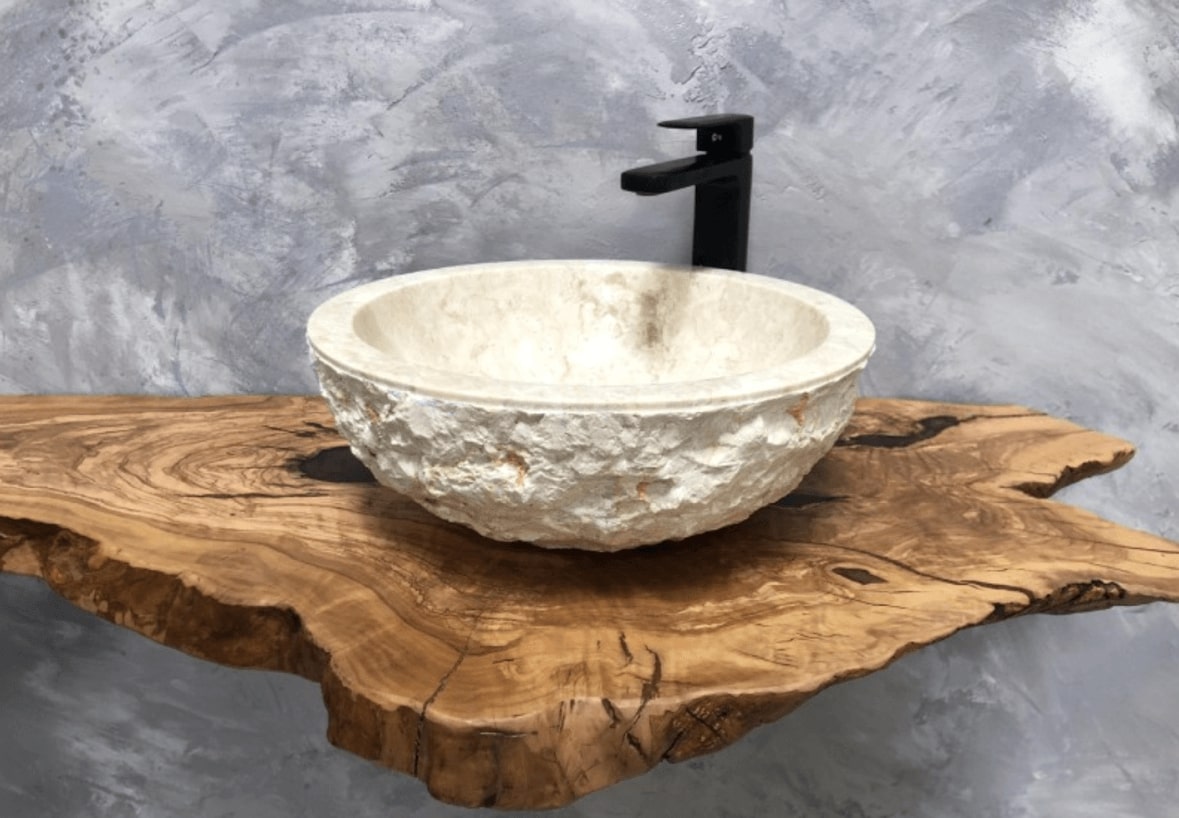Freestanding stone bathtubs are a great addition to any bath space. If you want one in your bathroom, it often means you need to hire a professional plumber. However, if you are going to install your own, there are a few things you might want to learn beforehand.
Installing a standard-sized stone bathtub is not an easy task. They are quite heavy and need precision, precaution and some extra tools to help in the process. Remember you need to place the tub without damaging anything or hurting anyone.
If the bathtub is oval-shaped, you would have nothing to grab it with, no sides or anything. If it has edges, you can easily grab it and lift it with the help of some people. Also, you need to evaluate how much weight your bathroom floor can support before you invest in a stone bathtub.
You need some people to help you with the installation, suction cups and you could also use the Jacuzzi drain alignment kit. Aside from bringing the tub into your home, you would need to make a few plumbing connections and ensure the tub is level and free from leaks as it drains.
Material You Require for Installation
To install a stone bathtub, you would require the following materials:
- A Stone Bathtub
- A Level
- An adjustable wrench
- Cleaning Supplies
- Silicone
- Plumber’s Putty
- Caulk
- Damp Cloth
Installation Process:
You need to spend a little time beforehand on ensuring that you have everything you need to install the stone bathtub, which can help make the process much easier.
- First of all, you need to decide which bathtub you want in your space and where exactly will you install it. You must consider the bathroom and the surrounding environment. Determine the position of the best place to install your freestanding stone bathtub, for instance, consider the lighting, ventilation floor and wall color.
- Thereafter, clear the area and make sure that your floor is properly balanced using a level. You do not want your stone bathtub sitting on an imbalanced floor.
- Once you are sure that your bathroom floor is leveled, tip the bathtub on its side and onto a blanket or a big piece of cardboard to protect the tub and floor. Then place the bathtub in the exact spot you want to install it. If you are using an oval-shaped bathtub, you need to use suction cups to lift it up.
- Then, locate the drain hole and clean it to get rid of any dirt or debris. Place some clear silicone around the drain body and put it through the drain hole with extreme care.
- Next, place some plumber’s putty on the washer and glide it over the base of the drain body and the nut onto it. Then, you need to connect the pipes from the inlet to the water pipes in the floor or wall and install the faucet for hot and cold water supplies.
- You need to tighten the washer and nut to form a tight seal. Then, install the drain tailpiece carefully.
- Once it is done, you need to clean the floor before you can install the tub. Make sure that there are no tools or parts in the way lying on the space where you want to install the stone bathtub.
- After the floor is cleaned and dry, run a large bead of caulk around the bottom base of your tub and around it to fully secure it to the floor. The caulk offers a watertight seal where the tub meets the floor and helps keep the tub secure in one place.
- After you have caulked the underside of the tub, it takes two or more people to lift the tub (depending on the size and weight), center it over the tub drain and carefully lower it to the floor whilst fitting the tailpiece into the drain pipe.
- Once the caulk is dry, wipe the excess with a damp cloth. Thereafter, pour a small amount of water into the tub to ensure the drain cover has sealed accurately and doesn't drip water under the tub.
Things to Remember
Some parts of your stone bathtub may be preinstalled, such as a drain assembly. You must ensure that all nuts are tight and all the pieces are secure in their exact place. If you install your stone bathtub with loose parts that you have managed to neglect before placing the tub in place, it can damage the fixture and cause water damage in your bath space.
Alike a sunken bathtub, a freestanding stone bathtub installation goes well with the water and drain lines already in place alongside the tub. For most tub installations, the lines for hot and cold water are stubbed out in the floor unless the tub is located next to a wall and employs a wall-mount faucet.
Then, you need to consider the position of the water inlet hole and the water outlet hole for the bathtub. Floor-based water lines are used on any freestanding stone bathtub that is not near a wall regardless of the position of faucet mounts. If the tub has a spillover hole, the overflow plumbing has to connect with the drain pipes under the tub or on the floor.
If your stone bathtub does not have faucet holes, you will need space on the outer surface of the tub to install the faucet. However, if it already has faucet holes, it needs a faucet that fits the hole space. In both cases, the faucet position must be within easy connection access to the hot and cold water supply lines.
Another thing to remember is that the stone bathtub needs to be close to the wall, but there must be a hand’s gap between the tub and the wall. Moreover, the installation of the stone bathtub is much easier as long as the base of the tub only needs to connect with the drainage port and the upper connects with the inlet pipe. This makes the cleaning of the freestanding bathtub more convenient.
You can get in touch with us for your bathtub installation concerns. We design and install stone bathtubs according to customers’ needs and interior design preferences. For more Customized Freestanding Stone Bathtubs please contact us by email.
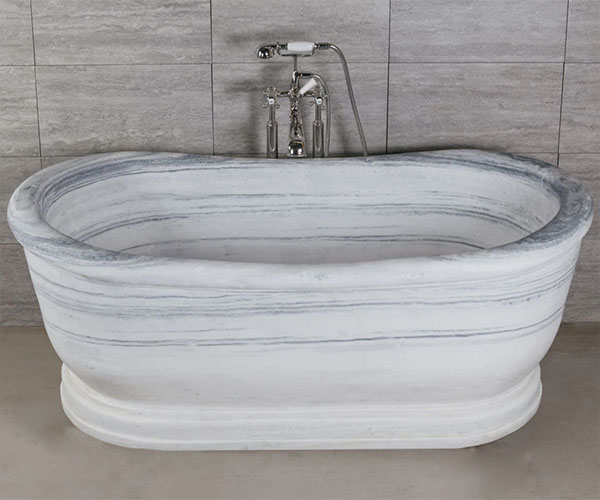
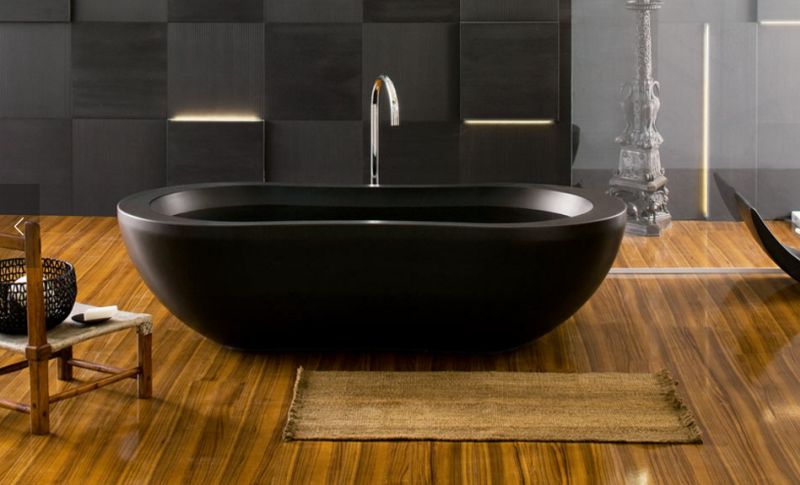
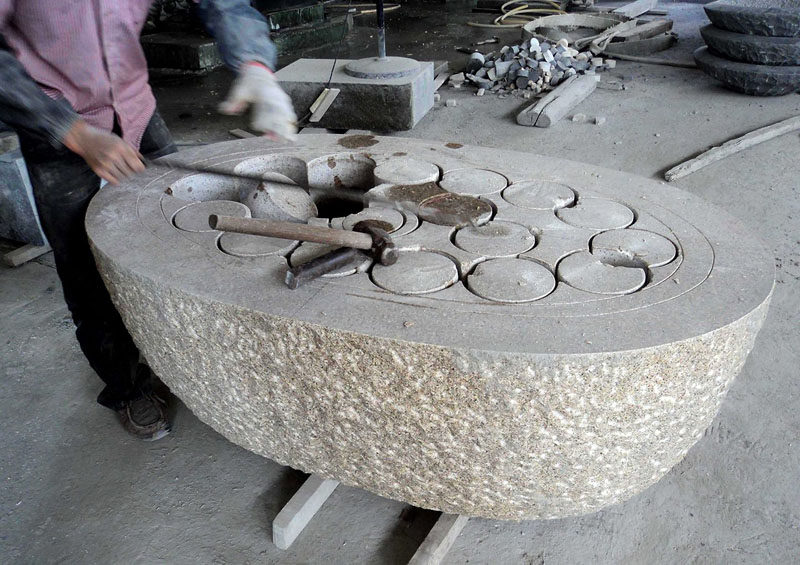
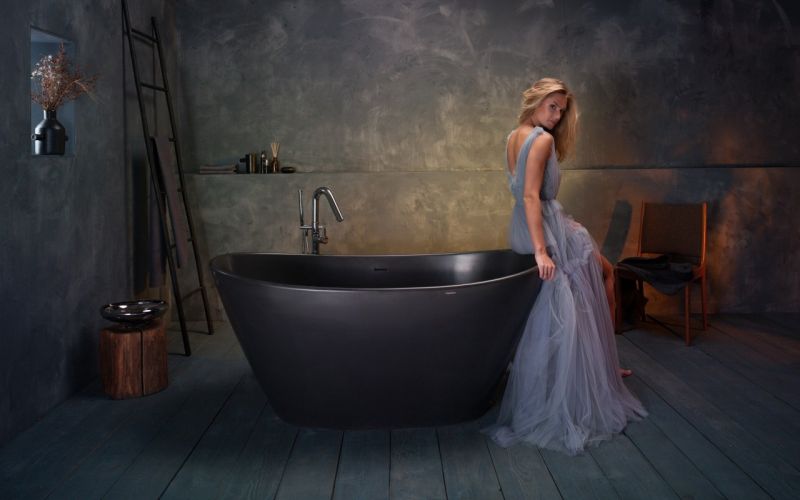
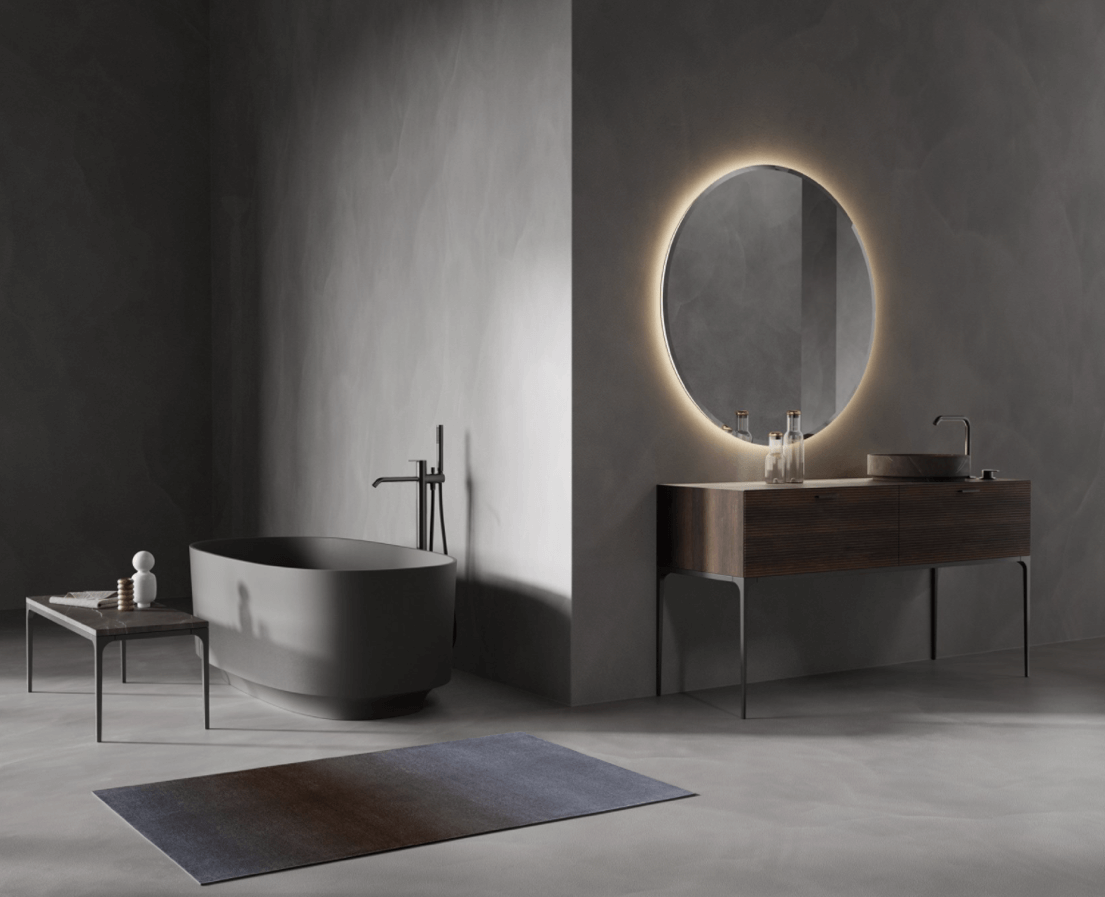
.png)
